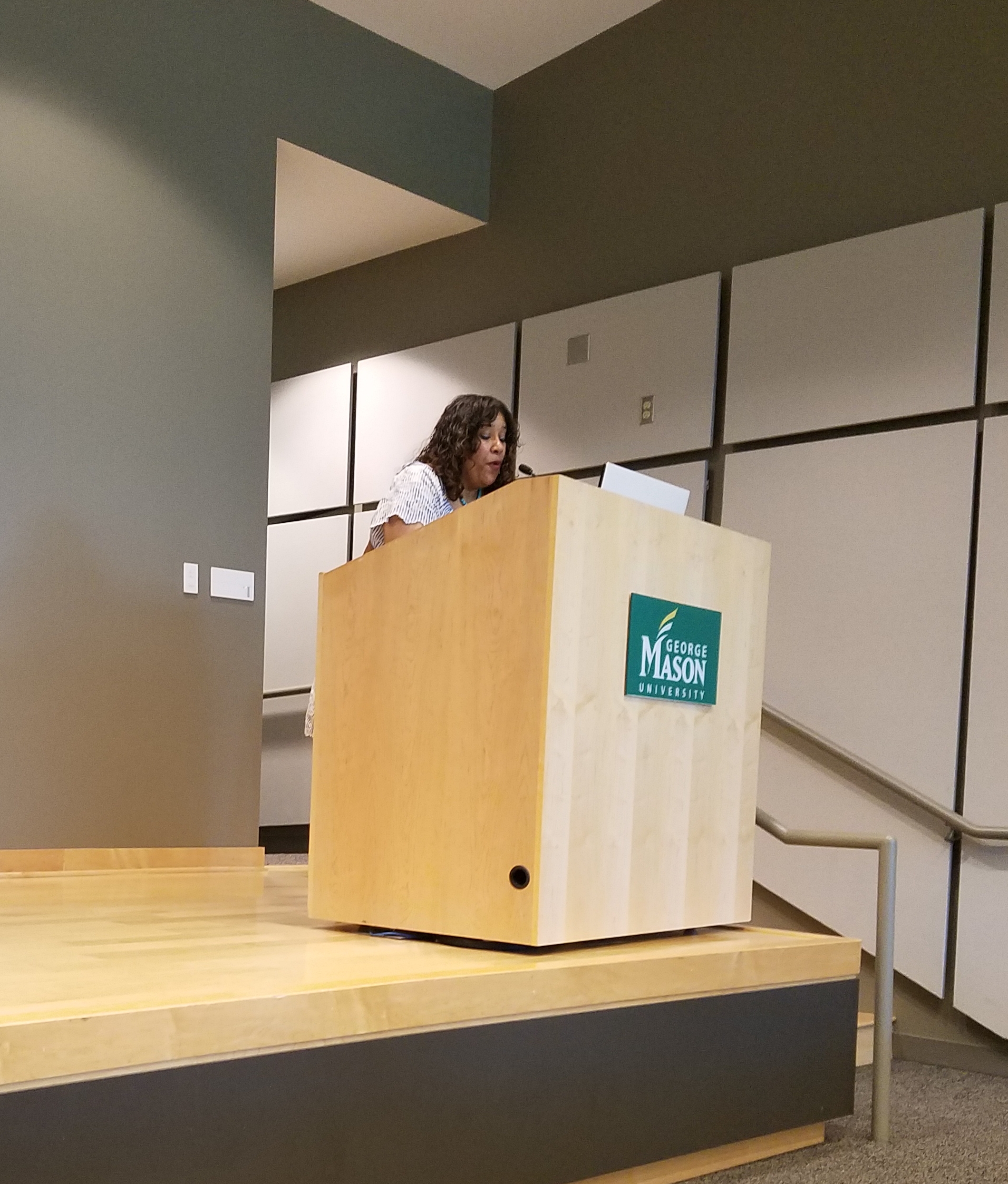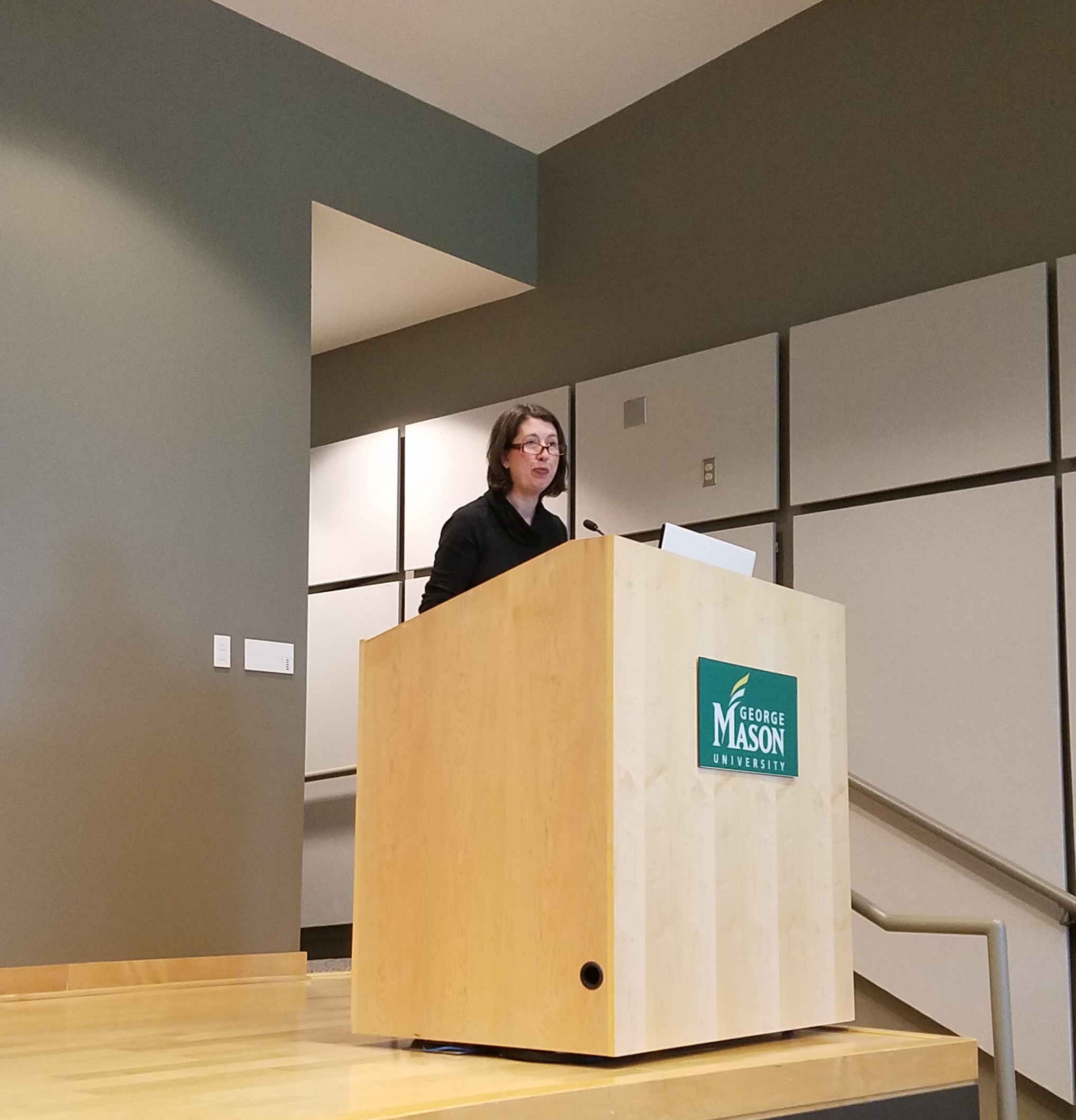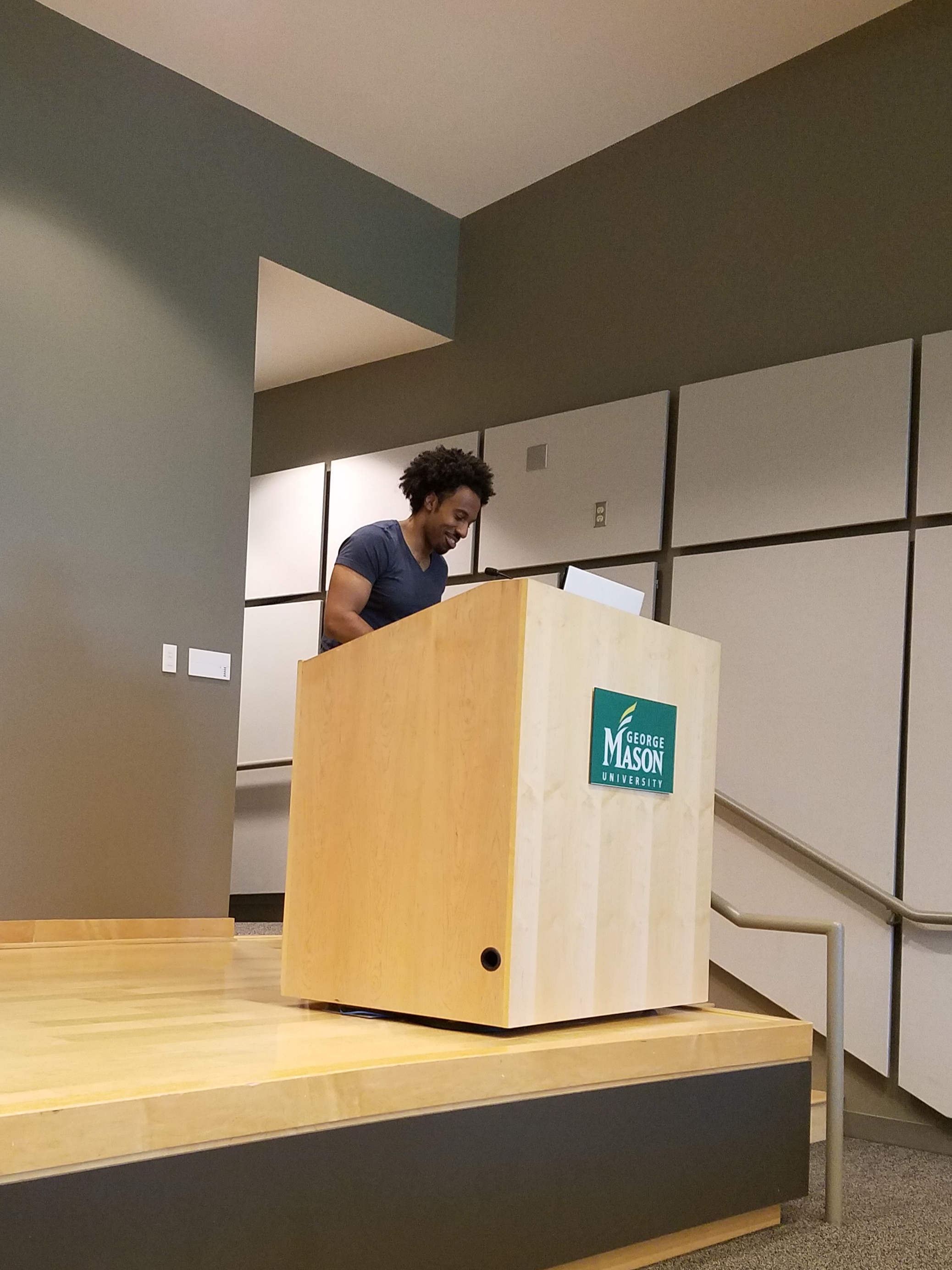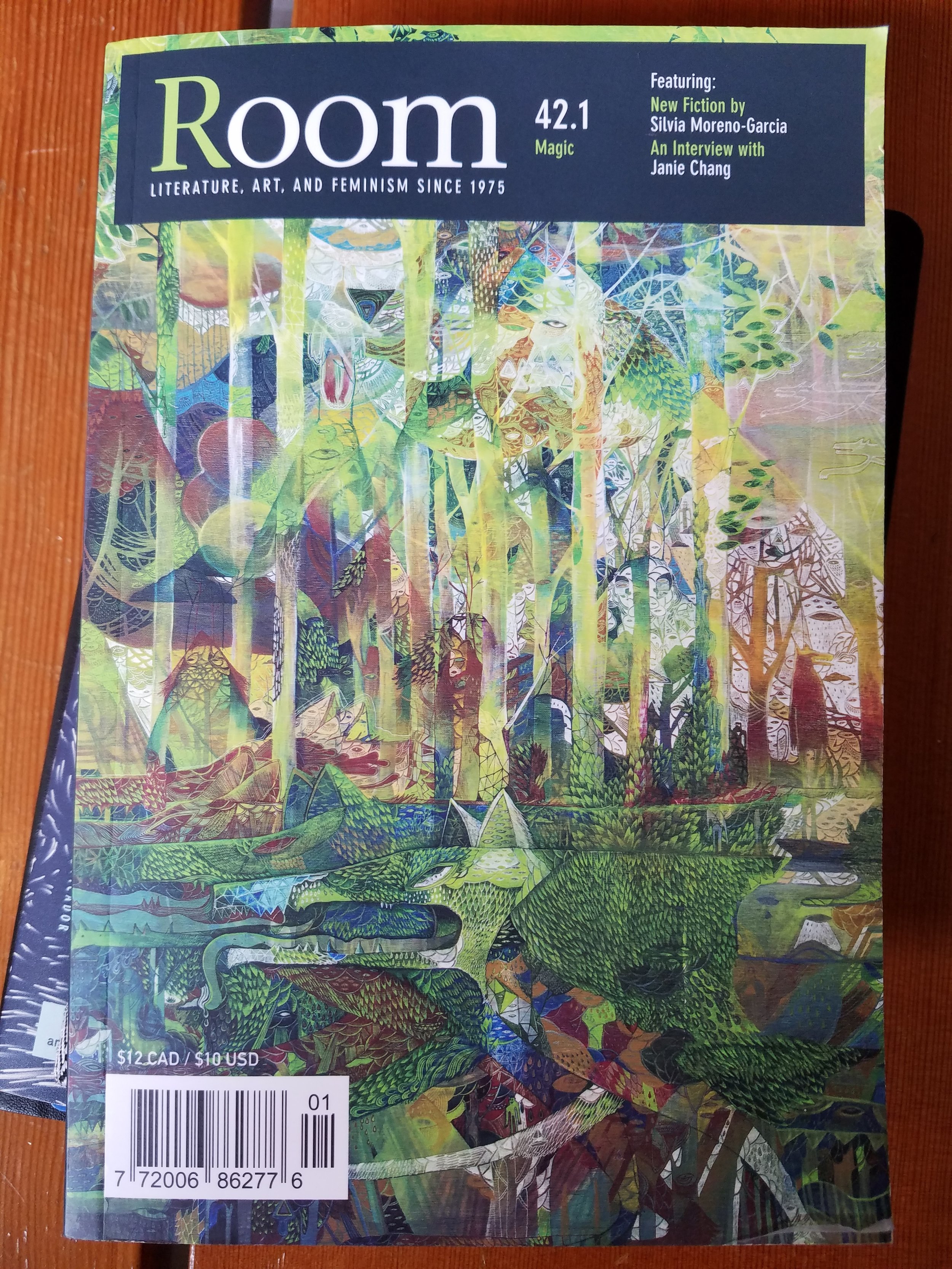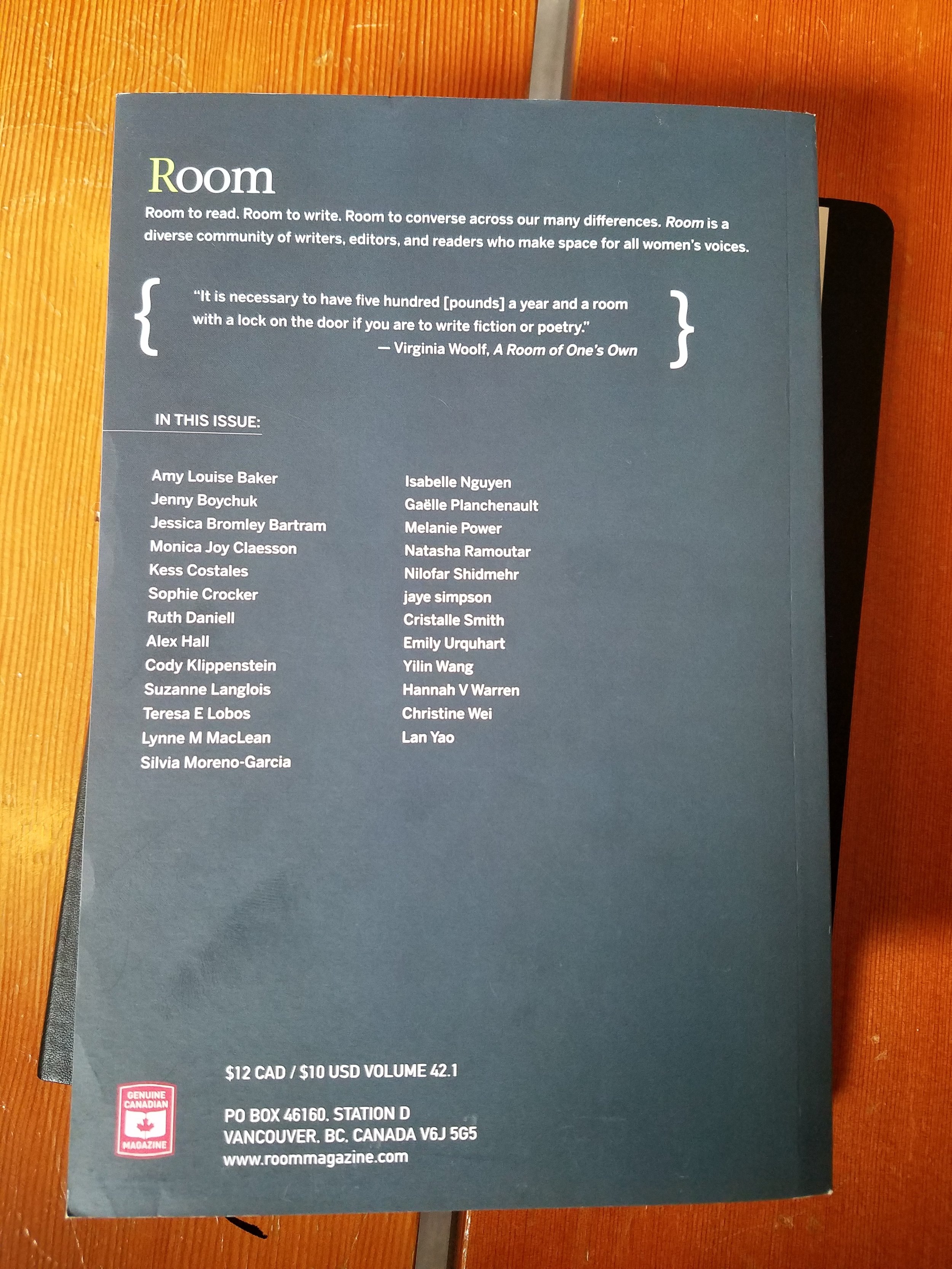Have you ever picked up a book because the title suggested something specific and desirable to you? Like when you smell something that suggests a certain meal and then crave that meal? How often have you been disappointed when the actual meal being cooked turns out to be something of a completely different taste; when the book actually comes in a completely different flavor? I admit that my disappointment in books selected on this criteria has been routine—far less reliable than my nose is at detecting the meal in preparation, at any rate.
Swimmer Among the Stars, by Kanishk Tharoor, came with back copy from Electric Literature that described the collection as, “Lush, playful, and intoxicated by history,” and I decided between that and the title, I had to have it. I picked it up at a writing conference where I did not hear the author speak, nor had I ever heard of him before I saw his book on the table. I picked the collection up this spring to read as part of my Annual Reading Challenge—”A collection by author you have never heard of before.”
I loved it. Every minute of it, I loved it. Tharoor has a global perspective that covers distance through time and space. The book opens with a quote from Italo Calvino, which in general I consider a good omen for what is to come:
Arriving at each new city, the traveler finds again a past of his that he did not know he had: the foreigness of what you no longer are or no longer possess lies in wait for you in foreign, unpossessed places.
—ITALO CALVINO, Invisible Cities
The first story, “Swimmer Among the Stars” is a meditation on language from the last speaker of a language, interviewed for academic posterity. The title comes from the last speaker’s efforts to render the concept of an “astronaut” into the dead language. As with any truly fine short story, it is layered richly, the theme of impermanence is interwoven with themes of family, assimilation, progress, and love. It is a stunning introduction to Tharoor’s language.
No, no. She waves them away. You’re not tiring me. It’s just… until you came, I never thought of my language as a burden, but that’s what it is, isn’t it? You want to take it from me so I no longer have to carry this weight.
It should not be just yours to bear.
Will you do me this favor? Whatever recordings you make of me speaking my language in the coming days, please put together a little package and have it played at my funeral ceremony.
The ethnographers want to hold her. Their words seem to come through a mist. We can do that, they say.
—”Swimmer Among the Stars”, pg. 11
The “Tale of the Teahouse” is a story of demise and the things that matter when faced with demise. Or maybe it is about all of the things we have to lose, the collection of intangibles that can be destroyed through many different types of conquest. It is about reveling in those things even as you will lose them.
It is an interesting contrast to “Cultural Property” in which an Indian immigrant and archaeologist loses love to steal a buried and rusted sword from the Anglo-Saxon site and spirit it away to India. A reverse of the colonizer-colonized role as we know it traditionally, but distilled to the base action, it is the same thing: cultural theft. In this case, the subversion of the usual roles elicits sympathy for the main character. His role in the theft compromises the relationship he is building with his fellow archaeologist and lover. One way or another it seems destined to fall apart and that inevitability seems to speak about the larger distance between the two, then either had anticipated.
One of Tharoor’s gifts is his humor. I can’t remember a story that made me laugh out loud as much as “Elephant at Sea” did. This was both in the situation presented as in the language in which it was shared. It’s hard to imagine ever writing something as funny as, “BRILLIANT STOP TOP PACHYDERM STOP.” Yet, everything about the story is both funny and endearing—and tinged with lost and longing. It is the tale of a diplomatic quandary that develops for the Second Secretary of the Indian Embassy to Morocco when he is told, quite without any useful context that the elephant is en route. What elephant? The one promised to the Moroccan princess when she was a little girl. Quite independently of the diplomatic struggle of the Second Secretary, the elephant, meanwhile, falls in love with the sea!
His humor is evident even in the bleak situations some of his stories present. In both “Phalanx,” a story about two veteran foot soldiers who die fighting the Romans beneath their own elephants, and “A United Nations in Space,” a story in the near calamitous future where climate change has rewritten the globe and the instability eradicates nations in flashes of violence, Tharoor makes room for both tender humor and audible chuckles in otherwise dire situations. Though thematically, these stories share only the same impermanence that each of the stories in the collection describes, and perhaps an added emphasis on the borders we draw and seek to hold down around ourselves as a race at large, the humor that they present is similarly moving.
This tension on the human arbitrariness for borders, on instability inherent in any supposedly stable situation, is also evident in other stories, like the gut-wrenching refugee story, “The Fall of an Eyelash,” in which the strange retreat of moving forward with one’s life, is never detached from the ties to what is left behind, across the map’s lines. And crossing those lines is fraught with many dangers, both physical and existential:
It didn’t help that her work made her think at all times of her homeland. She studied and then taught the medieval poetry of her country. There was something unsettling in the sight of a blond student reciting with perfect meter and inflection a seven-hundred-year-old verse in her language. But why should I be unnerved, she thought, this poetry of love is not just for my people… it’s for everybody.
Even when we do not cross the lines to reposition ourselves, but visit to give faces to people “over there” we get entangled in unexpected ways. In “Portrait With Coal Fire,” the gritty and real portrayal of a foreign man at his work in his home country becomes a struggle for him about how he and his family are seen, or not seen, by the world. What he sees in the glossy magazine, in the filth of his labor, contrasts with the image he holds of his family—the posed portrait the photographer gifted him which lacks the “realness” of the candid “Portrait With Coal Fire” that became this unnamed man’s face to the world.
There is a novella length collection within Swimmer Among the Stars entitled, “The Mirrors of Iskandar” which is a reinvented mythology of Alexandrian romances from the Arabic tradition, hence “Iskandar.” Given Alexander’s propensity for controlling the narrative in his lifetime (we know the histories about Alexander written in his lifetime only through later sources—the historians of many of these executed by Alexander himself), we have always been struggling to find the history of his conquest amidst the mythology, which continued to grow and evolve long after Greece, let alone Macedonia, was relevant as anything other than a tributary to one greater state or another. It is a bold testament to man’s vain attempts to control their own legacy, and to battle the impermanence of their conquests with ever newly drawn borders. These stories range from charming as fuck to a dark eeriness that leaves a chill upon the reader.
The final story, “Icebreaker,” a play on the introductory games we use to meet and establish community in new groups is an unlikely story of telescoping aid intended to rescue the first water craft that gets trapped in the neutral ice of Antarctica, then the next and the next, creating a delightfully absurd game of cultural telephone as subsequent ships from different foreign shores are also trapped and cultural exchange comes piece by piece, ship to ship. It is the perfect ending to a collection that accounts for the struggles with man-made borders and the crossing of these same lines, sharing or losing the bits and pieces of ourselves with foreign peoples, whether in food as in both “Icebreakers” and “The Loss of Muzzafar,” or in other tangible things as in “Cultural Property,” “Elephant at Sea,” and “The Astrolabe,” or in stories as in “Letters Home” and “A United Nations in Space,” and whether these are freely given, stolen, or taken in violence.
But in “Icebreaker,” just as the swimmer in space, we are all on neutral territory, trapped apart, but still reachable. It is a surprising and humorous tale of hope contrary to all other expectations set by our lines drawn on maps, our inevitable impermanence, and the strange legacies we leave.




